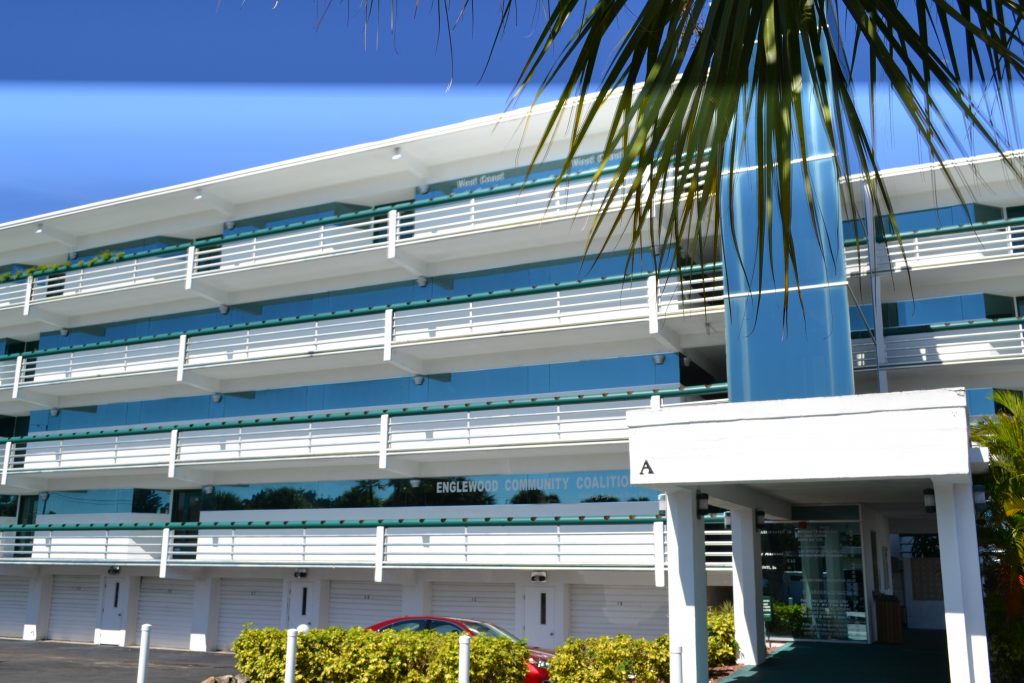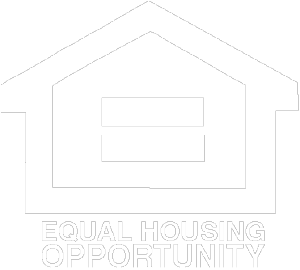
30-Year Fixed Loan
What is a 30-year fixed-rate mortgage?
A 30-year fixed-rate mortgage is one of the most popular mortgage loans that homebuyers choose for many reasons. It is the top choice for having a mortgage loan that maintains the same monthly payment over the life of the 30-year term. The interest rate is fixed and will remain the same over the duration of the loan, unlike an Adjustable Rate Mortgage, which can change over time. The qualifying rate you receive depends on several factors; the qualifying rate base on your credit score, the amount of your down payment, and debt to income.
The 30-year fixed-rate mortgage offers the homebuyer a more affordable monthly payment because the loan is extending over 30 years versus shorter loan terms. Typically, a relatively lower monthly payment. The 30-year term helps borrowers afford more house than they would otherwise be able to buy.
Should you consider a 30-year fixed-rate mortgage?
When considering a 30-year fixed-rate mortgage, you should look at some of the tax deduction advantages over shorter-term loans. The 30-year fixed-rate mortgage is fully amortized. During the beginning years of the loan, the most significant portion of the monthly payment will go towards interest, and as the principal portion decreases, so will the interest amount year after year.
Pros and Cons of the 30-year fixed mortgage
- Predictable payments each month
- Low monthly payments
- Rates are locked in for 30 years
- Flexibility in financial budgeting
- Tax deduction for mortgage interest
Pros
- Higher interest rate than 15-year loans
- More expensive over the life of the loan
- Longer payment obligation
- Builds less equity then a 15-year loan
- Not ideal for short term homeownership
Cons
Understanding how it works
Even though the term is for 30 years, you are not required to keep the loan for that long. Most homeowners who have had these longer-term fixed mortgages have either sold or refinanced their homes before reaching the full term.
The low payments offer more flexibility for you to manage your finances. If the opportunity arises, you can also choose to pay an additional amount to go towards the principal by directing the extra payment to the principal balance. Lowering your principal balance will save money on the overall interest you will pay and allow you to pay off the loan earlier.
Popular Other Loan Options

